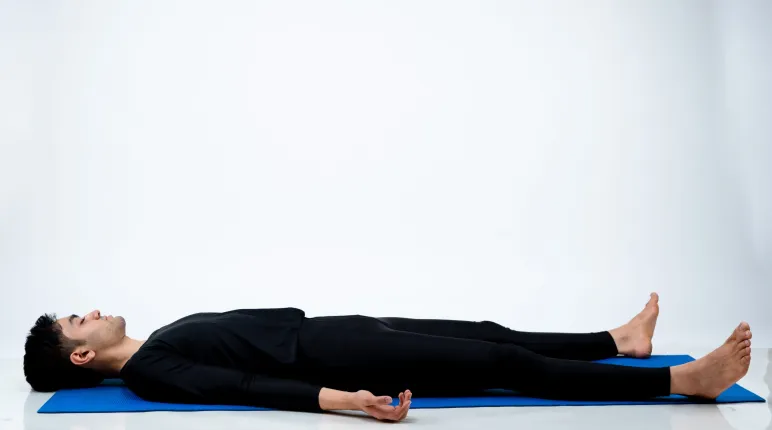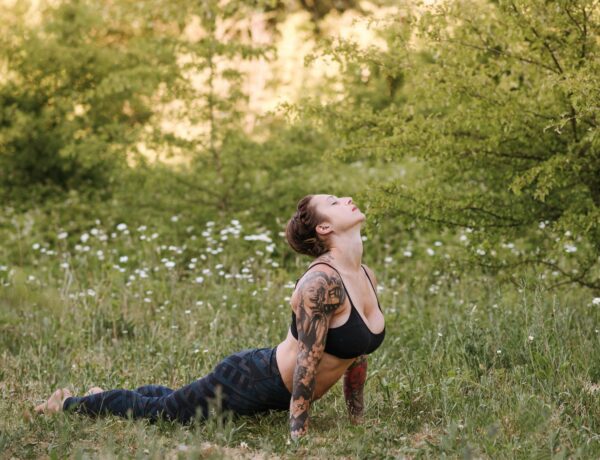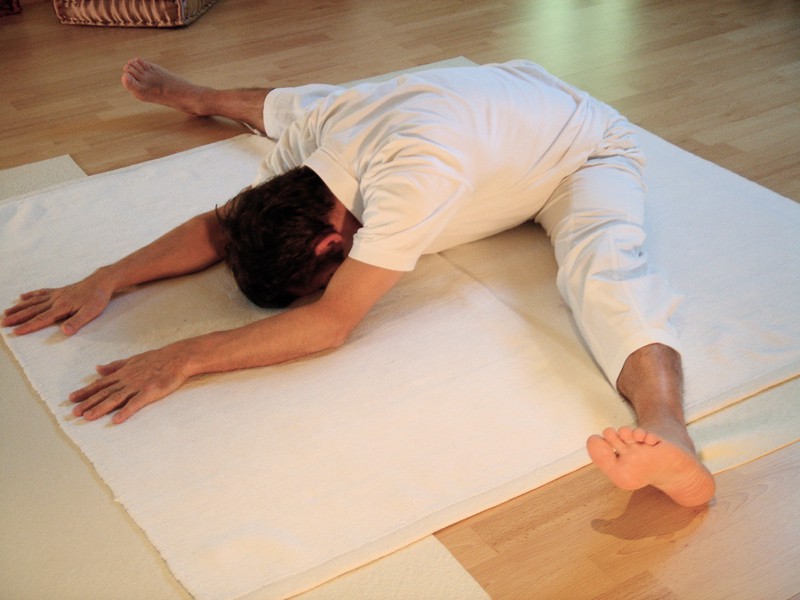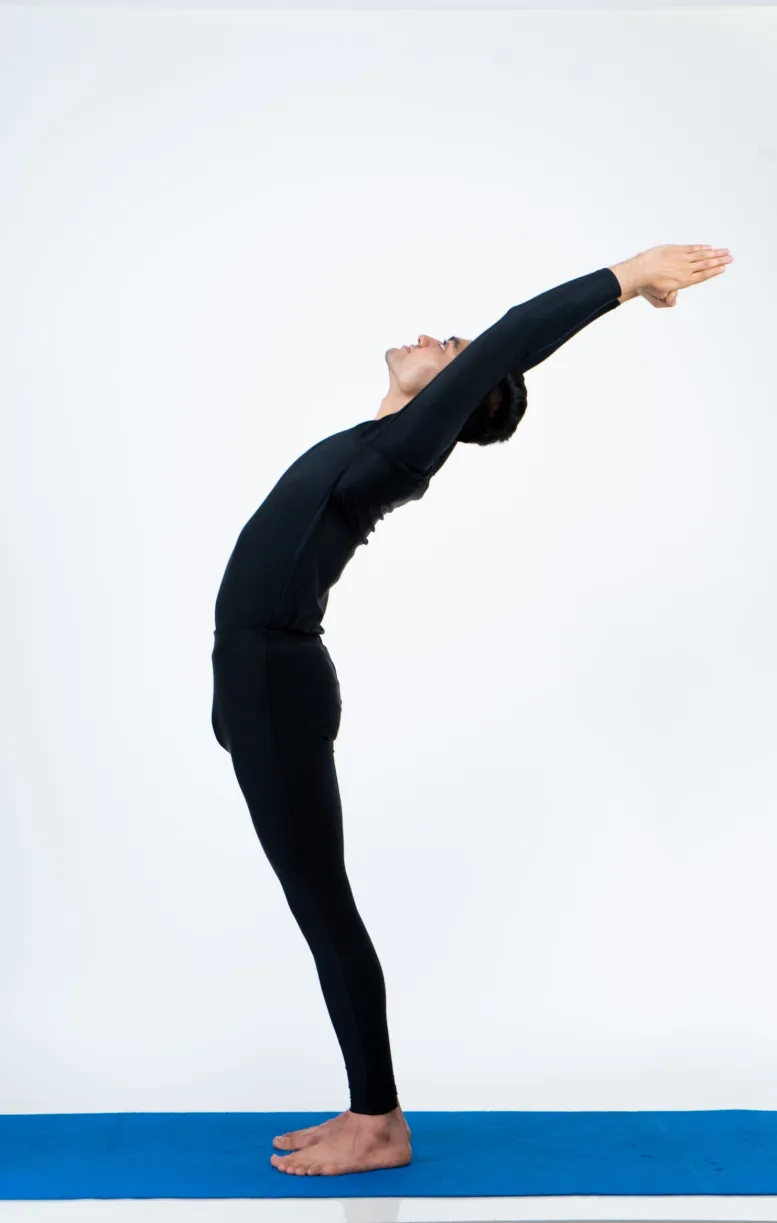In the wide ocean of yoga asanas, Savasana stands out as a light of peace and renewal. Savasana, also known as Corpse Pose, is often considered as the most essential and hardest pose in yoga.
Despite its fairly easy look of laying flat on your back, it requires intense relaxation and awareness. In this essay, we will look at the significant advantages and importance of Savasana, including its physical, mental, and spiritual elements.
Table of Contents
ToggleOrigins and Meaning.
Savasana has its origins in ancient yogic traditions, namely the Hatha and Ashtanga yoga lineages. The phrase “Savasana” comes from Sanskrit, where “sava” means corpse and “asana” means pose. Symbolically, it depicts the act of surrendering the body, mind, and ego to the present moment, which is analogous to a dead body.
Savasana is firmly embedded in the conceptual foundations of yoga. It represents the notion of “Sthira Sukham Asanam,” which means “steady and comfortable posture.” This concept stresses striking a balance between effort and ease, stability and relaxation, which is shown by Savasana.
Benefits Of Savasana
Savasana, a yoga posture, offers numerous physical and mental benefits. It induces deep relaxation, aids in muscle repair and recovery, improves circulation, and enhances body awareness.
Beyond its physical effects, Savasana also impacts mental and emotional well-being. It promotes stress reduction, mindfulness, and emotional healing by allowing practitioners to let go of worries and mental chatter.
The surrendering nature of Savasana facilitates emotional release and self-discovery, leading to profound insights and emotional liberation. Savasana also holds spiritual significance, promoting union with the divine, ego dissolution, and the cycle of death and rebirth.
By embracing the metaphorical death of the ego and letting go of attachments, practitioners undergo a process of spiritual renewal and transformation, allowing them to understand impermanence and the cyclical nature of existence.
Learn More: Benefits of Savasana
Practical Tips for Practicing Savasana
To fully benefit from Savasana, consider the following tips:
- Set the scene: Set up a relaxing and comfortable setting for your Savasana practice. Dim the lights, utilize props like bolsters or blankets for support, and create a peaceful environment devoid of distractions.
- Proper Alignment: Lie flat on your back, legs outstretched, arms at your sides, palms facing up. Allow your body to sink into the mat, adopting a posture that is both comfortable and supportive.
- Deep Relaxation: Close your eyes and intentionally release tension in each region of your body, beginning with the toes and working your way up to the top of your head. Relax your muscles, breathe deeply, and give in to gravity.
- Mindful Awareness: Focus your focus on the present moment, noticing thoughts, feelings, and emotions as they emerge without attachment. Develop a feeling of vast awareness, allowing everything to be just as it is.
- Savasana should last at least 5-10 minutes, but longer sessions are excellent for deeper relaxation and meditation. Listen to your body and alter the time based on your requirements.
Conclusion
Savasana is much more than a simple relaxation posture; it is a deep path of self-discovery, healing, and change. By submitting to the present moment with openness and receptivity, practitioners have access to inner serenity, clarity, and spiritual enlightenment. Whether you’re a seasoned yogi or new to the practice, Savasana is a holy refuge for refreshment and regeneration, enabling its transforming power to penetrate every area of your existence.





No Comments